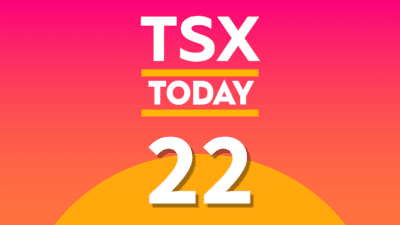Ripple (CRYPTO:XRP) is a blockchain-based digital payment network and protocol with a cryptocurrency that uses the ticker symbol XRP. It’s been around since 2012 and was released by co-founders Chris Larsen and Jed McCaleb. In a nutshell, the main process is a payment settlement asset exchange and remittance system, very much like the SWIFT system (money and security transfers).
As of this writing, the crypto trades at an absurdly cheap price of US$0.759396. However, don’t immediately part ways with your money, unless you know the pros and red flags attached to the cryptocurrency.
Defined purpose
People familiar with the cryptocurrency universe knows that XRP is one of the 10 biggest cryptocurrencies. Ripple has visible growth potentials primarily because it has a defined purpose. It’s unique in that the crypto is for use by financial institutions, and payment services can use XRP to transfer money.
Moreover, the transfer doesn’t require pre-funding of the accounts in other countries or subject to exorbitant foreign exchange fees. Ripple is a direct competitor to SWIFT. Most financial institutions use the latter for international money transfers.
Numerous partnerships
Ripple has more than 300 partners, mostly financial companies, in over 40 countries. Among the prominent names are American Express, Bank of America, and Banco Santander. The crypto’s global payments network, RippleNet, facilitates cross-border transactions. Currently, however, most Ripple partners avoid using XRP because of its volatility.
Market observers say it will take years for Ripple to overtake its chief rival or biggest competitor. SWIFT has approximately 11,000 partners, and the system has been around since the 1970s. Somehow, it’s like comparing Bitcoin to gold. The advantages that could help XRP catch up is the speed and low cost per transaction.
The average transaction time of five seconds indicates XRP’s efficiency in transferring money. Likewise, the standard transaction cost of 0.00001 XRP is a very small fraction of the crypto’s current price.
Pending lawsuit
The thorn on Ripple’s side is the lawsuit filed by the SEC in December 2020. The lawsuit in the U.S. alleges that the offerings and sales of XRP violated the registration requirements of Sections 5(a) and (c) of the Securities Act. According to the case file, Ripple sold $1.3 billion worth of unregistered securities.
XRP peaked to US$3.377 on January 7, 2018, then went on a tailspin. After filing of the lawsuit in late December 2020, the price sunk further to US$0.221 on January 2, 2021. The ongoing lawsuit is the biggest stumbling block to Ripple at this point.
The company believes the SEC unfairly singled out XRP and, therefore, puts it at a disadvantage to other cryptocurrencies. Another thing going against XRP right now is that U.S. investors can’t buy the crypto. Several cryptocurrency exchanges delisted Ripple following the filing of the SEC lawsuit.
Not an attractive proposition
Ripple isn’t an attractive proposition because of the pending lawsuit. Even if it wins the case, it must prove its real-world utility. The network must show how much it can help banks and financial institutions improve their money-transfer capabilities. Furthermore, XRP should prove to all that it can disrupt the payments system.







